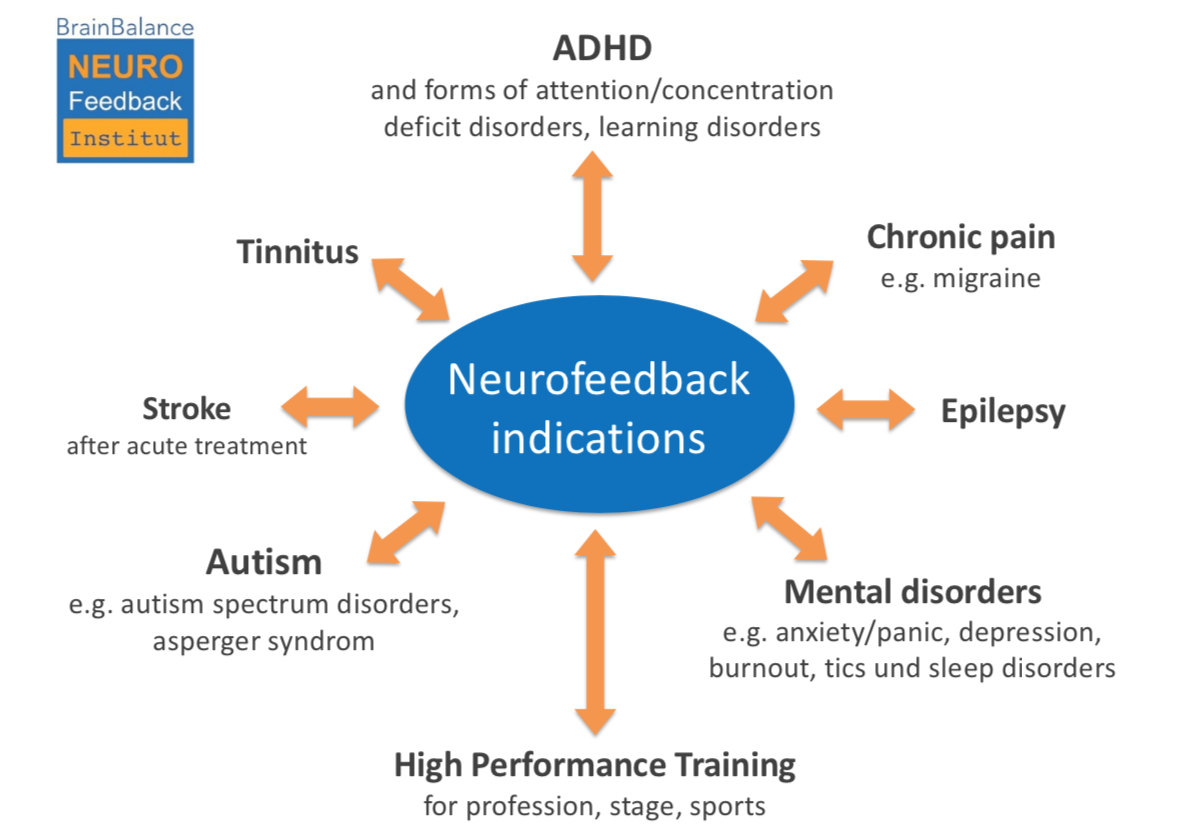Unlocking the Secrets of the Mind Through Quantitative EEG Brain Mapping Techniques in Mental Wellness Assessment
Unlocking the Secrets of the Mind Through Quantitative EEG Brain Mapping Techniques in Mental Wellness Assessment
Blog Article
Comprehending the human mind is a complex task, especially when it pertains to psychological health. Conventional approaches of assessment often rely on conversations and surveys, which can sometimes miss crucial details about how the brain functions. This is where quantitative electroencephalography, or qEEG, comes into the picture. qEEG is a specific method that measures electrical activity in the brain. By examining these brainwaves, mental health professionals can gain important understandings into a individual's psychological condition, aiding to improve diagnosis and treatment.
qEEG works by placing small sensors on the head to capture neural signals. These sensors measure electrical signals produced by nerve cells, the units in the cerebrum that communicate with each other. The data collected is then analyzed and presented as a set of patterns. Each type of brainwave—such as alpha, beta, delta, and θ—corresponds to various psychological conditions and activities. For example, alpha waves are often linked with calmness, while beta waves are linked to active cognition and problem-solving. By examining these trends, healthcare providers can identify irregularities that may suggest psychological health concerns.
One of the significant benefits of qEEG is its ability to provide objective information. In contrast to traditional assessments that rely on subjective accounts from clients, qEEG provides a distinct view of brain function. This clarity can help minimize prejudices in assessment and lead to more accurate intervention strategies. For example, if a client is experiencing anxiety, qEEG can reveal particular trends of brain function that are linked with anxiety conditions. This information allows mental health experts to customize treatments more efficiently, whether through therapy, pharmaceuticals, or other treatments.
Additionally, qEEG can be especially useful in tracking intervention advancement. By conducting qEEG assessments at different points during therapy, clinicians can monitor variations in brain function over period. This continuous assessment assists ascertain if a intervention is working or if modifications are required. For example, if a patient is not responding to a specific medication, qEEG may indicate that their neural function has not altered in a manner that indicates progress. This response cycle can result to more customized and efficient psychological health treatment.
In summary, qEEG cerebral mapping is a blog here potent instrument in the domain of mental health assessment. By offering objective data about brain activity, it enhances the understanding of various mental health conditions. This technique not only aids in accurate diagnosis but also helps in monitoring intervention success. As mental health professionals continue to investigate the capabilities of qEEG, it possesses promise for improving the well-being of people dealing with psychological health issues. With ongoing research and advancements in technology, the mysteries of the mind may become clearer, leading to better outcomes for those in need of support.